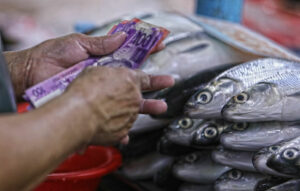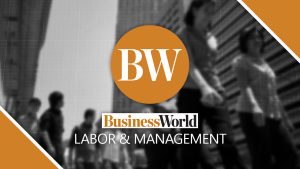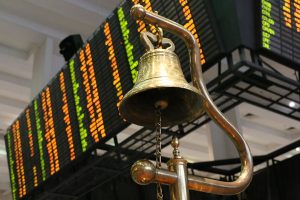BSP must be ‘more patient’ as inflation risks persist

By Keisha B. Ta-asan, Reporter
THE BANGKO Sentral ng Pilipinas (BSP) should be cautious and “more patient” before pausing its tightening cycle as it needs to anchor inflation expectations amid lingering risks, analysts said.
This, as the US Federal Reserve delivered a 25-basis-point (bp) rate hike at its policy meeting this week, as expected by financial markets.
The US central bank has now raised borrowing costs by 500 bps since March last year, bringing the Fed fund rate to 5-5.25%.
“The BSP has always been careful in keeping a positive differential between its policy rate and the US Fed’s, given that dollar assets are considered safe haven,” former BSP Deputy Governor Diwa C. Guinigundo said in a Viber message.
The Philippine central bank has raised borrowing costs by 425 bps since May last year, bringing its key rate to 6.25%, the highest in nearly 16 years.
The Monetary Board will hold its next policy meeting on May 18.
Inflation in the Philippines is beginning to stabilize, but wage increases and supply constraints due to El Niño may result in more price pressures, Mr. Guinigundo said.
The state weather bureau this week said El Niño would likely develop in the next three months and might last until the first quarter of next year.
“The BSP might continue to be cautious, but not as cautious as before, because of the better prospects of inflation,” he said. “But it will not be good for inflation expectations to quickly abandon a cautious monetary stance precisely because of the remaining price risks.”
“BSP should be expected to be more patient in monitoring additional data before it begins to keep its policy rate and ultimately shifts to an accommodative mode,” he added.
BSP Governor Felipe M. Medalla earlier said the BSP might consider keeping benchmark interest rates on hold at it’s policy meeting this month if inflation eased further in April.
A BusinessWorld poll of 14 analysts yielded a median estimate of 7% for April inflation, near the upper end of the BSP’s 6.3-7.1% forecast for the month.
This could be below 7.6% in March and will also be the slowest in seven months.
April inflation data will be released on May 5.
Factors that could pose upside price pressures include the impact of African Swine Fever infections in the Philippines, El Niño, and geopolitical tensions abroad, eManagement for Business and Marketing Service Managing Director Jonathan L. Ravelas said.
“The BSP will still hike rates by 25 bps. A pause is likely if we see the deceleration of inflation,” he said in a Viber message.
Bank of the Philippine Islands Lead Economist Emilio S. Neri, Jr. said aside from the Fed’s decision, the country’s first-quarter gross domestic product (GDP) data, April core inflation and the foreign exchange market would also be key considerations for the BSP at its meeting this month.
The first-quarter GDP report is set to be released on May 11.
“The BSP still needs to hike as inflation is still too far from target and service inflation has been sticky,” Mr. Neri said in a Viber message.
Core inflation quickened to 8% in March from 7.8% in February and 2.2% a year earlier. This was the highest since 8.2% in December 2000.
Meanwhile, International Monetary Fund Representative to the Philippines Ragnar Gudmundsson said the Monetary Board’s decision would likely depend on both the headline and core inflation figures for April.
“Ultimately, the objective remains to anchor inflation expectations, gradually return to the 2-4% target range, and safeguard the country’s external position,” Mr. Gudmundsson said in an e-mail.
The BSP currently sees inflation averaging 6% this year before slowing to 2.9% in 2024, well above its 2-4% target.
Mr. Medalla earlier said headline inflation is expected to be within their 2-4% goal by the fourth quarter.
He has said that if inflation further eases for the next six months, the BSP might consider cutting policy rates.
However, the BSP chief also said it would be dangerous for the Philippine central bank to cut rates faster than the Fed because it could cause the peso to depreciate against the dollar.




